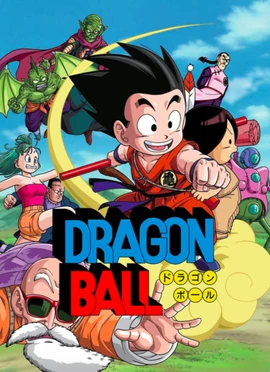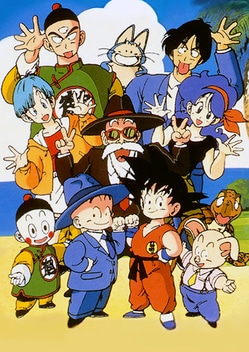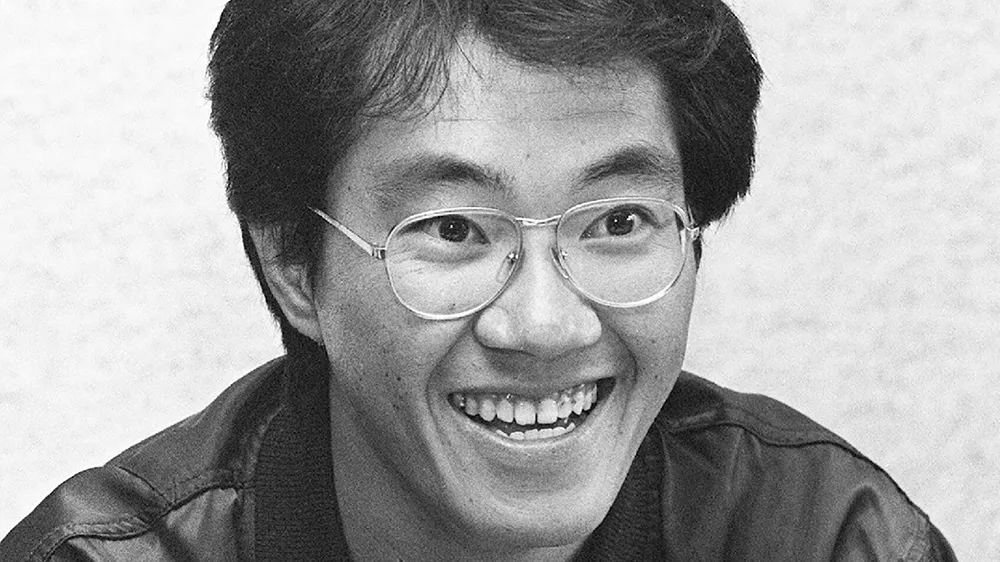Rest In Peace Akira Toriyama, the creator of Dragon Ball. May you find peace and happiness for eternity in the afterlife.
Dragon Ball’s explosive popularity in the United States is a story of perseverance, strategic dubbing, and the universal appeal of a good fight. While the series had already achieved immense success in Japan by the 1980s, its journey to becoming a cultural touchstone in the US involved several key factors.

Dragon Ball’s initial foray into the American market wasn’t smooth sailing. Early attempts at adapting the series in the late 80s and early 90s faced censorship, choppy editing, and a lack of overall cohesion. These factors prevented the series from gaining a significant foothold.
The tide began to turn when Funimation Entertainment acquired the rights to Dragon Ball in 1996. FUNimation took a meticulous approach, prioritizing a faithful dub that captured the humor, action, and emotional core of the series. This included iconic voice acting choices, like Sean Schemmel’s legendary yell for Goku’s signature “Kamehameha” attack.
Toonami
The perfect storm arrived when Dragon Ball Z, the sequel series focusing on Goku’s adult life, landed on Cartoon Network’s Toonami block in 1998. Toonami, a haven for action-oriented animation, provided the ideal platform for Dragon Ball Z’s high-octane battles and epic storylines. The show quickly became a ratings juggernaut, drawing in millions of viewers, particularly children and young adults.
Beyond the Fights: A Story that Resonated
Dragon Ball’s success wasn’t solely based on action. The series offered a compelling narrative of friendship, perseverance, and self-improvement. The characters, from the goofy yet determined Goku to the brooding yet noble Vegeta, resonated with audiences. Themes of pushing one’s limits and the importance of teamwork found a universal connection.

A Cultural Phenomenon
Dragon Ball Z’s popularity transcended Saturday mornings. It seeped into schoolyard conversations, fueled a thriving merchandise market, and even inspired cosplay culture. The series became a shared experience, uniting fans through their love of the show’s characters, battles, and universe.
A Legacy that Endures
Even today, Dragon Ball’s influence remains potent. New generations discover the series through streaming platforms and reruns, captivated by its timeless themes and thrilling battles. The franchise continues to expand with new movies, video games, and merchandise, solidifying its place as a pop-culture phenomenon. This is all thanks to the creator Akira Toriyama.







